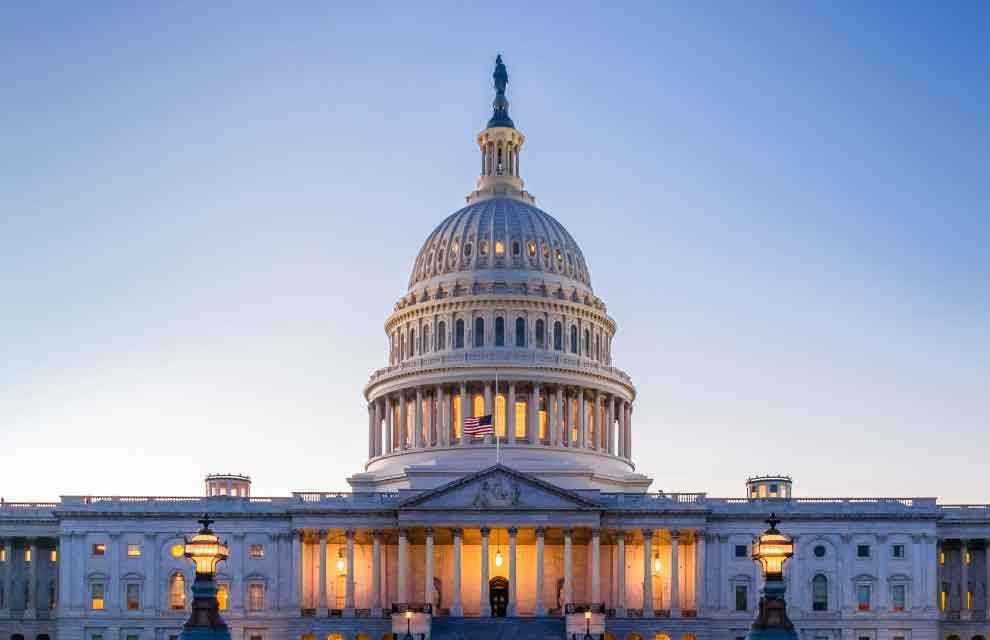Belinda Fortman, Nate Reznicek and Peter Kranz discuss the importance of the relationship between regulators and the industry as well as some of the challenges for US captive regulation
At the start of the 2021 legislative session, many US captive insurance domicile states introduced new and updated captive bills to their state legislative process.
For example, Alabama’s captive bill amendments, which if passed, will see the introduction of three new alternative risk vessels, a new formal redomestication process, risk retention groups (RRGs) and a reduction to the minimum capital requirements. Meanwhile, in Vermont, governor Phil Scott signed new captive bill legislation into law, which is set to strengthen the state’s captive regulation in a variety of areas.
Elsewhere, Tennessee governor Bill Lee approved the latest modernisations to the Volunteer State’s captive laws, which is set to fuel its “growing reputation as a first-choice domicile”, while North Carolina’s includes two proposed changes affecting the premium tax paid by captive insurers.
However, most notably, a captive bill that would see the creation of a framework in the State of Washington for registering eligible captive insurers and imposing a premium tax on the risk covered by premiums allocable to the state became law after governor Jay Inslee signed the legislation on 12 May.
There are currently more than 30 states in the US that have captive insurance laws on their books. Though there are many similarities among the states in terms of the captive statutes and how captives are regulated, there are significant differences that a captive owner needs to consider when they choose which state to establish a captive domicile.
The most reputable domiciles have active associations that interact closely with their respective domicile regulators. These associations often provide regular updates on pending legislation or news within the state or industry that could impact captive business within the states.
“By and large these associations are great advocates for the captives within the related domicile and I would strongly recommend that every captive owner join their respective domicile association,” says Nate Reznicek, head of US distribution, International Re.
The regulators
The relationship between the captive insurance industry and the regulators is an important one.
Across the US there are different stages of domiciles – some have been around a very long time while others are in their infancy or growth stages.
Examining if the regulators have enough knowledge of this niche sector, Peter Kranz, executive managing director and captive practice leader at Beecher Carlson, says: “I firmly believe almost every regulator I’ve encountered has technical competence and knowledge to implement the regulations of their domicile in an effective way.”
However, Kranz explains that there are some captive regulators who might be newer to the industry, or don’t have many captives licensed in their domicile, and perhaps haven’t been exposed to everything and therefore need to spend some extra time working through a programme structure.
“There are also some regulators in the industry who, say, for example, need to better understand that a letter of credit is a cost-efficient way to capitalise a captive and it doesn’t mean the captive owner/parent is too small or not financially strong – it just might make more financial sense. By and large, though, captive regulators are very strong and understand the industry and the value it brings,” he adds.
Communication is vital in many sectors, including captives. Belinda Fortman, director of captive programmes for the Tennessee Department of Commerce and Insurance (TDCI), suggets it’s beneficial for captive insurance stakeholders to hear directly from the captive regulators on an ongoing basis.
She notes: “As regulators, our role is to ensure that our captive insurance companies remain in compliance with our captive laws and regulations and operate as good corporate citizens in the market.”
She suggests that regulators also have insights into what’s proven to work and what hasn’t including what could be coming around the corner in terms of new initiatives.
“For captive owners and captive managers, this direct contact provides them with a feel for the regulator themselves, and what it could be like working with them, which would help in making the decision on what domicile is best suited to their needs,” Fortman explains.
The small print
With US regulation being very strong, effective, and easy to understand, Kranz says the challenge is the ‘everything else’ such as direct placement taxes, federal income taxes, international laws and regulations.
He says: “These can be a bit tougher because things can come out of the left field.”
“For example, Washington State with their cease and desist letter to Microsoft or several years back when the Vermont Housing Finance Agency (VHFA) prohibited captives from becoming members of any Federal Home Loan Banks, even when they otherwise clearly met the requirements and fit the mission better than other organisations allowed to be members,” Kranz adds.
He explains that some states that have created their budget challenges, “are chasing dollars wherever they can find them”.
“It’s a non-business friendly approach which ultimately hurts their citizens by not creating jobs and not generating captive premium tax or fee revenue.”
He suggests that this challenge could become a benefit to those states that understand being captive friendly creates jobs, high paying jobs, which create spending and tax revenue in their state.
Also discussing challenges, Fortman says that captive owners are usually not insurance professionals — it’s the captive managers, auditors and actuaries who provide the information that is needed to ensure that the captives are operating under their business plan.
She explains that when these industry professionals are not responsive, provide inaccurate information or are not experienced, it makes the regulators job far more difficult.
IRS
The Internal Revenue Service (IRS) has targeted micro captives for years, but in more recent times they have ramped up its efforts to do so, including them on its ‘Dirty Dozen’ list of tax scams since 2014, along with other actions. In 2016, the Department of Treasury and IRS issued Notice 2016-66, which formally labelled micro captives as ‘transactions of interest’. The IRS advised that these transactions have the potential for tax avoidance or evasion.
Under section 831(b) of the US tax code, captive insurers that qualify as small insurance companies can elect to exclude limited amounts of annual net premiums from income, so that the captive pays tax only on its investment income.
Examining if there needs to be more regulation around captives to block out any bad players within the industry, Reznicek says “absolutely”, however, he notes the challenge has always been deciding who/how will do the regulation.
To date, the captive sector has largely had to “self-police” with the Self-Insurance Institute of America (SIIA) leading the way by releasing a Code of Conduct in 2019 with several domiciles following shortly thereafter with annual Code of Ethics and Conflict of Interest requirements.
As much as the industry agrees that there is a need to remove these bad captive promoters, he suggests there is an equal resistance to the regulation of captive managers.
Reznicek explains: “Domiciles tend to run at, or near, capacity from a workload perspective and are largely opposed to the additional work that would be required. Managers are generally opposed to the idea as it would impose additional reporting/compliance requirements that they may feel are overly burdensome if they operate correctly.”
“Unfortunately, this hesitancy allows these sham promoters to continue their ways, largely under the radar. Promoter audits, investment companies owned by related businesses/shareholders of captive managers, or life insurance/tax-motivated promotion largely go undisclosed to the captive owner,” he adds.
With each state enacting and enforcing its own regulatory requirements, Reznicek says this will inevitably lead to inconsistent requirements based on the individual domiciles.
“Further complicating matters is the fact that domicile regulators aren’t in a position to enact changes based upon US federal income tax issues — which is often at the heart of the issue,” Reznicek concludes.





